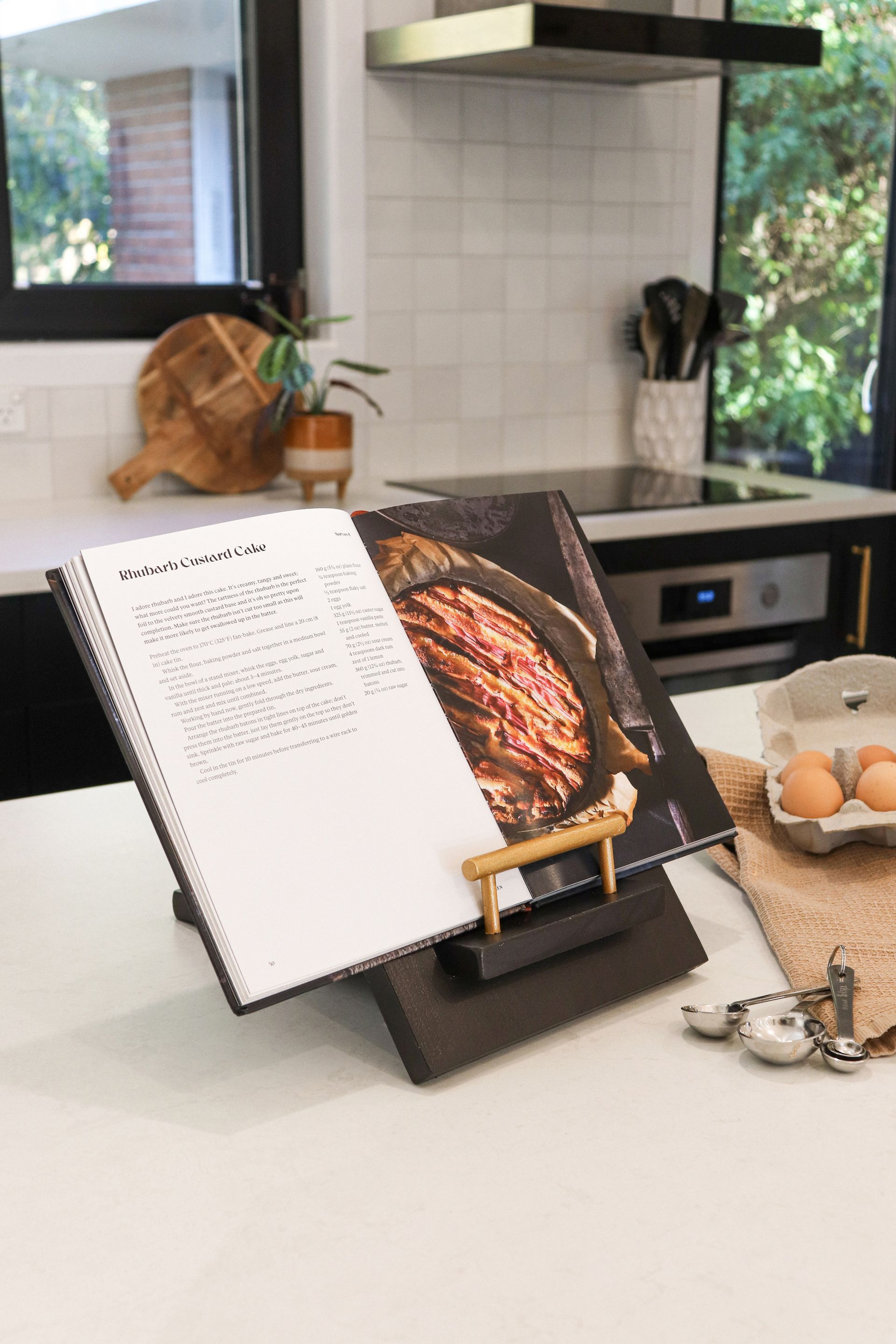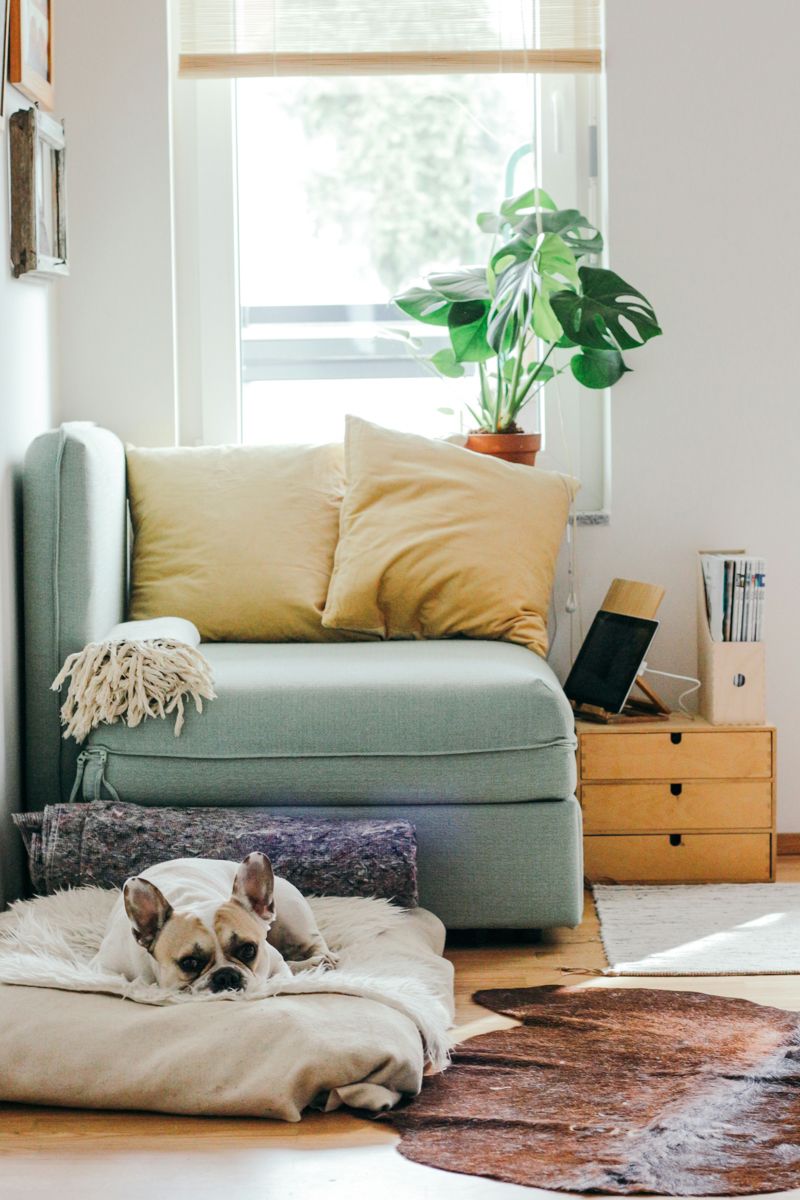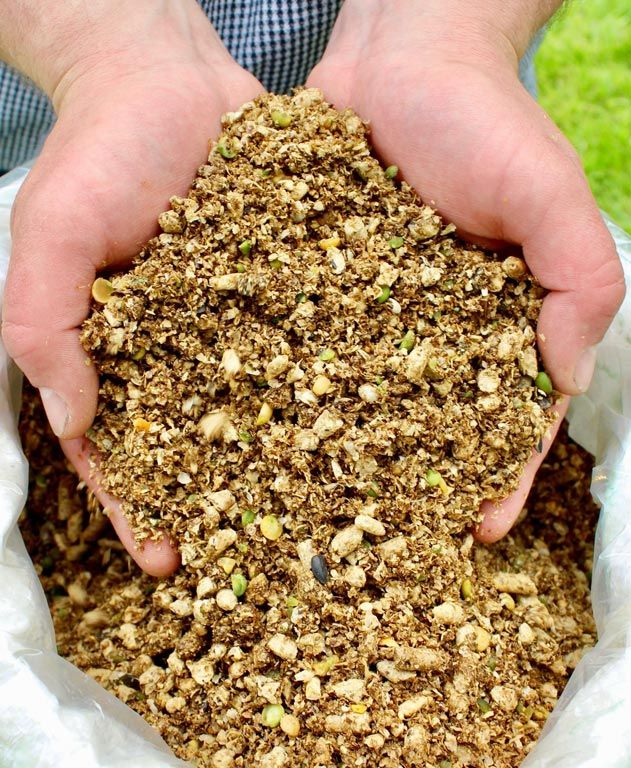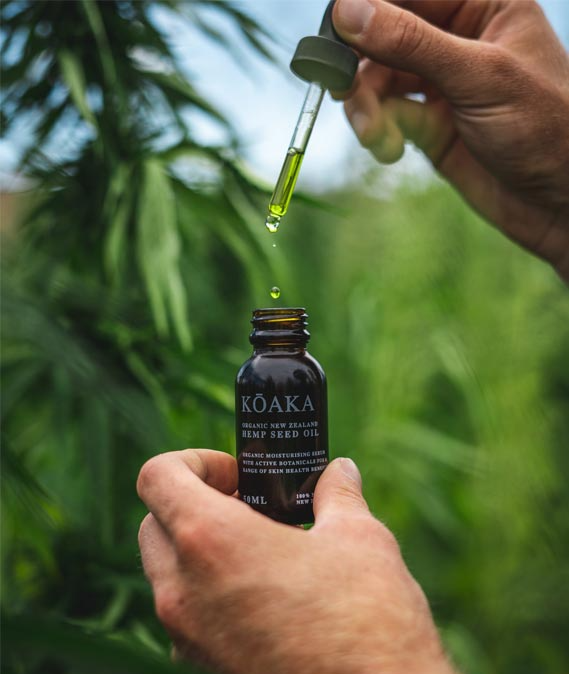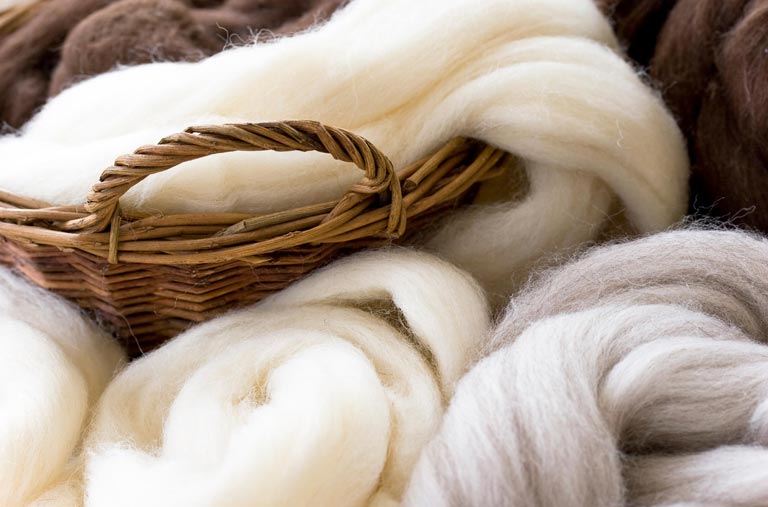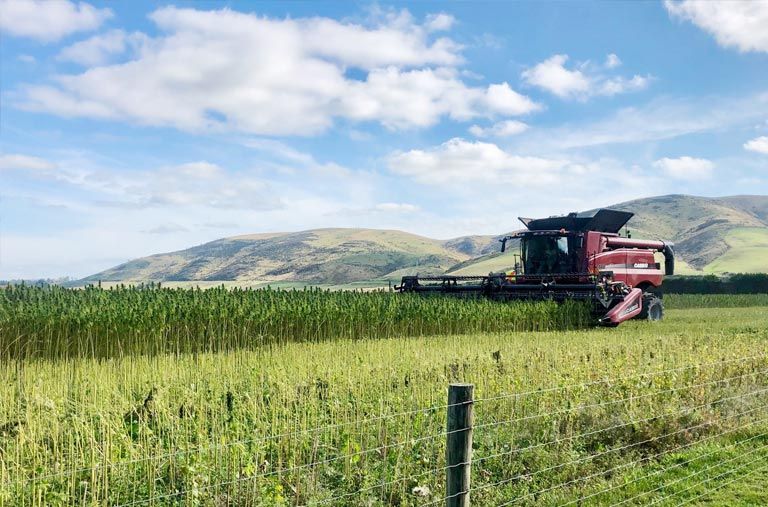Mother Nature left nothing behind when she created hemp, a plant described as nothing short of a ‘miracle’. Sarah Perriam shines a light on the new rock star in Canterbury’s food and fibre basket that has been forbidden fruit for over eight decades.
The challenge has been set for our government to take the shackles off regulations for New Zealand to take advantage of the burgeoning ‘wellness’ industry of hemp, potentially worth $2 billion to our economy and 20,000 jobs by 2030. Everyone from Canterbury farmers to Canterbury beauty and fashion brands is beating down the door to be a part of it.
And it could also be the answer for our Canterbury dairy farms to suck up excess nitrogen and sequester carbon from the atmosphere four times more than pine trees. ‘Barely a day goes by without an enquiry from a farmer looking to plant,’ says Dave Jordan, who heads the biggest player, Hemp NZ and its subsidiary Hemp Farm.
The plant has been misunderstood and strict regulations to grow hemp due to its close relation to marijuana have seen hemp farmers having to apply to the Ministry of Health for a permit to cultivate, deal, breed, import or sell viable seed under the Misuse of Drugs Act 2006. The permits are not given out freely to anyone, with a tedious process for approval from the government to grow hemp.
Hemp’s health advantages for animals to beauty products, through to its fibre strength properties in clothing to building materials has the global hemp industry projected to grow from US$5 billion now to US$65 billion in the next decade and New Zealand doesn’t want to miss out.
Commercial hemp cultivation has so far been mainly centred in the Canterbury Plains of the South Island, as the plant loves the sunshine, regular rainfall and good drainage, but access to harvesting and processing infrastructure has left that challenge up to many entrepreneurs who are building this industry from the ground up.
The family-owned Carrfields Group’s Carrfields Primary Wool went on a search to set up the harvesting and processing capabilities in Canterbury and led them on a journey to partner with Auckland-based Hemp Farm, partnering with Canterbury’s NZ Yarn.
‘It was quite serendipitous; Hemp NZ were talking to Carrfields about modifying a CLAAS forage harvester to harvest hemp crops and mentioned they were also looking to establish a “fibre factory” to process hemp fibre. We already have a fibre factory for wool. Straightaway the synergies and strategy to process and combine wool and wool/hemp hybrid products were understood,’ says NZ Yarns CEO Colin McKenzie.
McKenzie is both the chief executive of NZ Yarn and Carrfields Primary Wool. Carrfields Primary Wool represents 1,400 sheep farmers around New Zealand to add value to the price of wool and currently sources hemp from 50-odd Canterbury farmers from 1,000 hectares of the crop, giving them the scale to be an end-to-end supply chain.
With hemp and wool hybrid products not being done globally, there is huge potential for the industry to boom as the material can be used extensively: in America’s Cup boats and super-strong, lightweight road racing bikes replacing carbon fibre; thermo packaging, which can be used in place of polystyrene to keep food cool; to building products with ‘hempcrete’.
A new decorticator has been sourced from England which will see the first products on track to be underway by the end of 2020. Beyond the fibre of the plant, the hemp seed oil is packed full of active botanicals, antioxidants and omega fatty acids, which provide essential nutrients, anti-inflammatory and skin-regenerating properties.
Hemp is a natural alternative for inflammatory skin conditions and there is evidence that hemp not only provides benefits when taken internally but can also be applied topically for maintaining skin health and for various skin conditions.
Canterbury-based hemp skincare company Kōaka founders Brendon McIntosh and Brad Lake have been selling their nutritional hemp seed oil at the Riccarton Markets in Christchurch and researching the benefits of hemp for health. Alongside Aleshia Johnson, a qualified pharmacist, they have grown the brand with a mission to heal both ourselves and our world collectively.
From farm to face, Kōaka uses BioGro certified organic hemp that is grown in Canterbury, with forward contracts to their farmers to grow as much hemp as they need, based on forecasts for the upcoming year of sales. ‘A huge success for Kōaka and our organic farmers is the announcement of an amazing distribution opportunity that Kōaka has signed – our products and New Zealand hemp will be going global!’ exclaims Aleshia.
This is the most exciting development for Canterbury’s farming story I have seen in my life as every part of the supply chain is taking ownership over capturing value for the region and has thrown the ‘trader’ mentality out the window.
Recent stories
